Mammalian cells may consume bacteriophages to promote cellular health and survival.


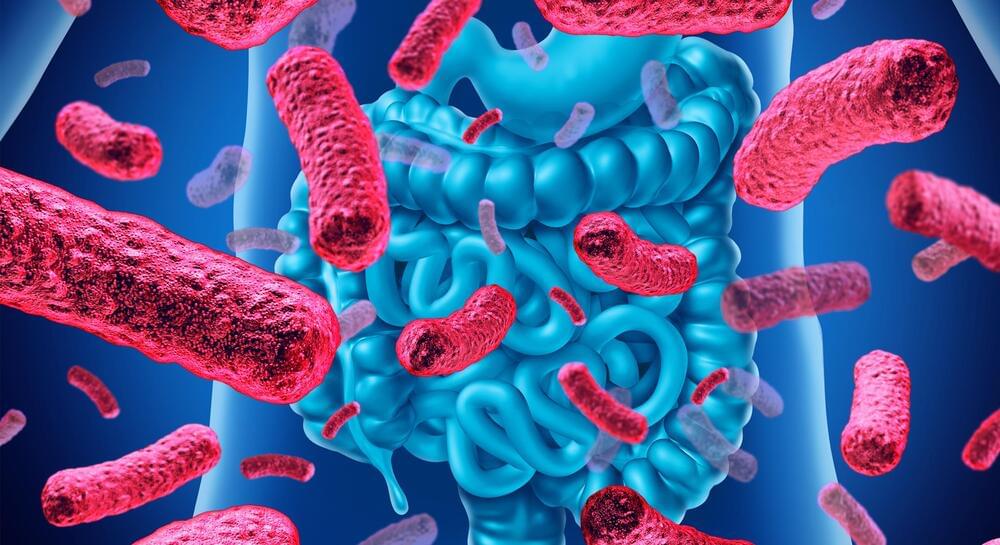

“As the world urbanizes, urban planners and policymakers need to make sure urban design and policies adequately address critical issues such as infrastructure and transportation improvements, poverty and the health and safety of urbanites, as well as the increasing inequality within and across cities.”
Increasing population shifts from rural to urban areas are resulting in the growth of cities and towns, a process referred to as urbanization. However, this development can put a strain on urban infrastructure, such as transportation, housing, sanitation, and utilities, leading to urban decay.
Everett Atlas/iStock.
Urban decay often manifests as the deterioration of buildings and infrastructure. This can include vacant and abandoned buildings, crumbling or neglected infrastructure, and a lack of maintenance. It can also lead to societal problems such as rampant inequality and poverty.

Last month, OM1, a leading real-world data and tech company focused on chronic conditions, announced the launch of its Parkinson’s disease (PD) premium dataset and the enhancement of its Mental Health & Neuroscience Real-World Data Network.
The dataset includes more than 7,000 patients prospectively followed by neurologists in hundreds of clinics across all 50 states. OM1 enriches the data by extracting relevant information from treating clinician notes using its AI and language modeling, and data points include key symptoms, disease severity, treatments, longitudinal outcomes and clinical response. In addition to the dataset, data from an additional 700,000 PD patients are available in the OM1 Real-World Data Cloud for modeling health economics outcomes, patient recruitment for clinical trials, prescriber trends and other research needs.
The dataset combines real-world data sources, such as electronic medical records (EMR), medical and pharmacy claims, mortality data and social determinants of health (SDoH), to provide deeper insights into Parkinson’s disease patient journeys. The data can be leveraged to accelerate medical research and to support approvals and reimbursement, reducing the time to market and improving existing therapies.
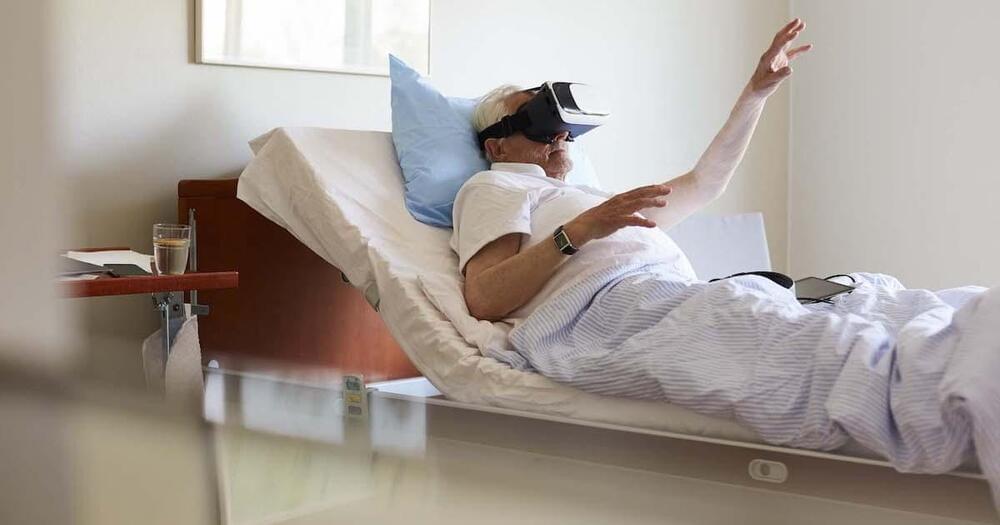
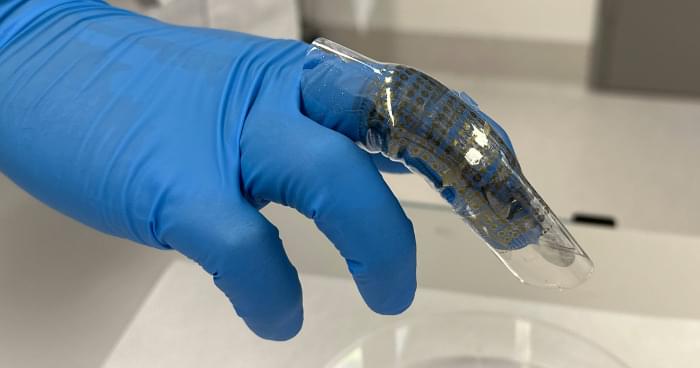
Link :- https://eng.unimelb.edu.au/ingenium/wearable-device-makes-me…f-a-finger
Researchers from the University of Melbourne and RMIT University have invented an experimental wearable device that generates power from a user’s bending finger and can create and store memories, in a promising step towards health monitoring and other technologies.
Multifunctional devices normally require several materials in layers, which involves the time-consuming challenge of stacking nanomaterials with high precision. This innovation features a single nanomaterial incorporated into a stretchable casing fitted to a person’s finger. The nanomaterial enables the device to produce power simply through the user bending their finger. The super-thin material also allows the device to perform memory tasks.
The team, led by RMIT University and the University of Melbourne, in collaboration with other Australian and international institutions, made the proof-of-concept device with the rust of a low-temperature liquid metal called bismuth, which is safe and well suited for wearable applications.

In America, roughly 40 million Americans have diabetes and about 95% of them have type 2 diabetes. Type 2 diabetes occurs when the body cannot correctly process sugar and fuel cells. More specifically, the body does not produce enough insulin to break down sugar into glucose for the cells to use. In this case, treatment includes insulin shots or a pump in addition to a strict diet excluding sweets or high fat meals. Treatment limitations disrupt patient quality of life. Some researchers have been working on better detection for diabetic retinopathy with artificial intelligence (AI), but research is limited on how to better detect diabetes itself. Thus, many researchers are working to detect diabetes early on and discover better treatments.
Klick labs, located in multiple cities across the world, is trying to detect type 2 diabetes by having a patient speak into a microphone for 10 seconds. Klick labs believes this technology can better detect diabetes and help patients get treatment earlier. The study was published in Mayo Clinic Proceedings: Digital Health, which details how patients spoke for 10 seconds and combined with health data, including age, sex, height, and weight, created an AI model that discerns whether a person has type 2 diabetes or not. After further tests, scientists determined it has 89% and 86% accuracy for women and men, respectively.
In the study, Klick Labs collected voice recordings of 267 people, either non-diabetic or diabetic. The participants were asked to record a phrase into their smartphones six times a day for a total of 2-weeks. Over 18,000 recordings were taken and analyzed to distinguish 14 acoustic features that helped distinguish non-diabetic to type 2 diabetic individuals. The research highlights specific vocal variations in pitch and intensity that could lead to how the medical community screens for early-onset diabetes. A major barrier to early detection includes time, travel, and cost, which many people do not have. Voice diagnosis can help eliminate those barriers and improve detection and treatment in diabetic patients.
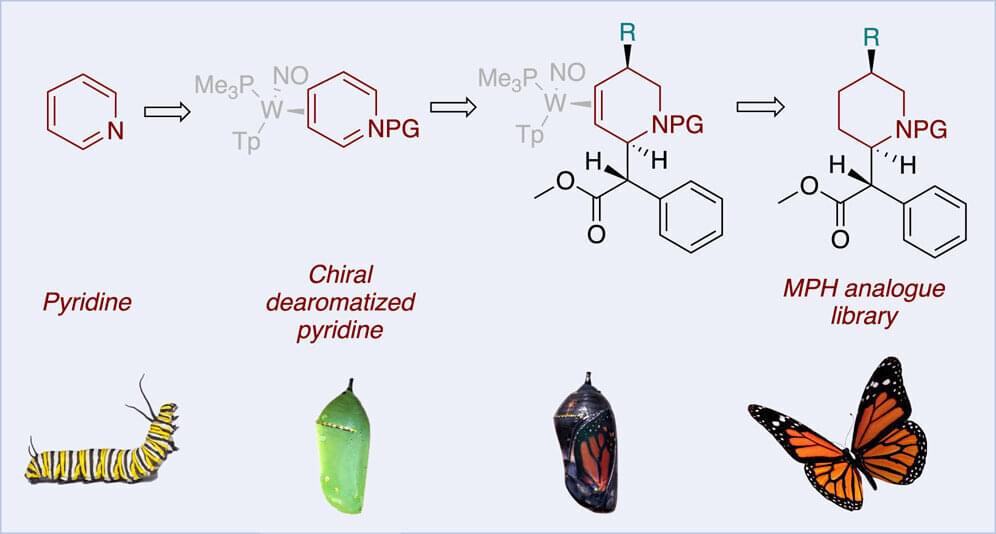
Cocaine use continues to be a public health problem, yet despite concerted efforts, no drugs have been approved to resolve cocaine addiction. Research suggests that the attention-deficit/hyperactivity disorder drug methylphenidate (MPH; Ritalin) could serve as a cocaine-replacement therapy, but clinical results have been mixed. Although several labs have produced MPH derivatives for testing, parts of the molecule remained chemically inaccessible. Now, researchers reporting in ACS Central Science have cleared that hurdle.
According to the Centers for Disease Control and Prevention, more than 5 million Americans reported actively using cocaine in 2020, and almost 25,000 Americans died of a cocaine-related overdose in 2021. Although small-molecule drugs have proven effective in treating other drug addictions—for example, methadone as a therapy for heroin abuse—no such medication exists for cocaine abuse.
MPH has been considered a potential treatment because it behaves similarly to the illicit drug, increasing dopamine levels in the brain by blocking dopamine reuptake. Additionally, clinical studies have shown that MPH has a lower risk of abuse than cocaine.
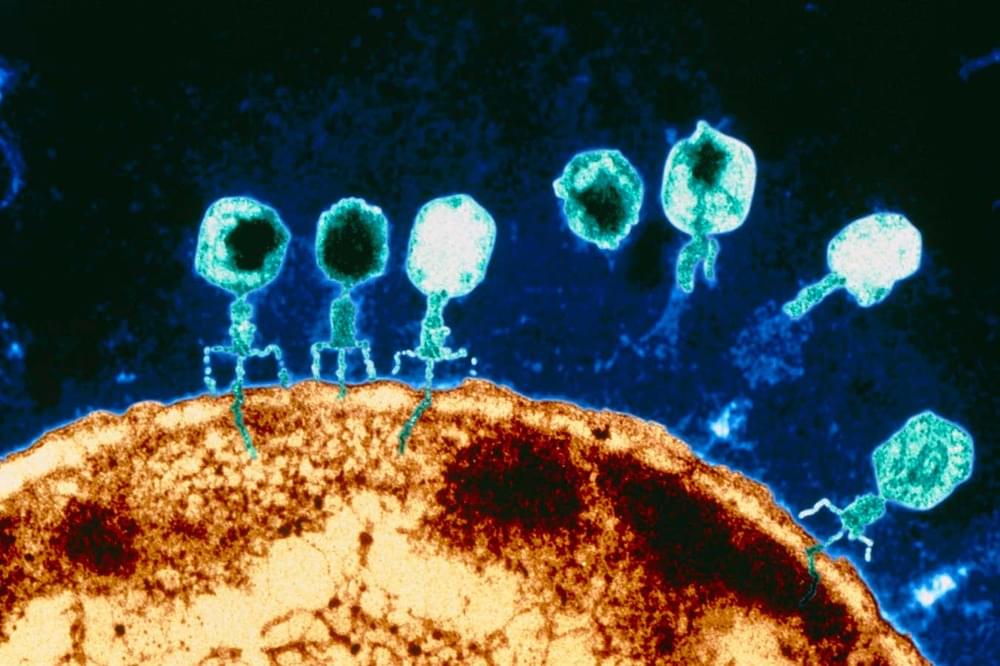
Viruses that infect bacteria – called phages – are abundant in our bodies, and they seem to have beneficial effects when our cells engulf them.
By Kamal Nahas

Bacterial diversity in the gut plays an important role in health. The human microbiome has featured prominently in research, with links being made between it and cancer, personality, memory, and diseases such as diabetes and multiple sclerosis.
While it’s understood that a mother’s microbiome is transferred to their baby at birth and boosted by breastfeeding, what other sources of gut bacteria are there? A new study by researchers at the Graz University of Technology (TU Graz) in Austria has confirmed, for the first time, that one source is fruits and vegetables.